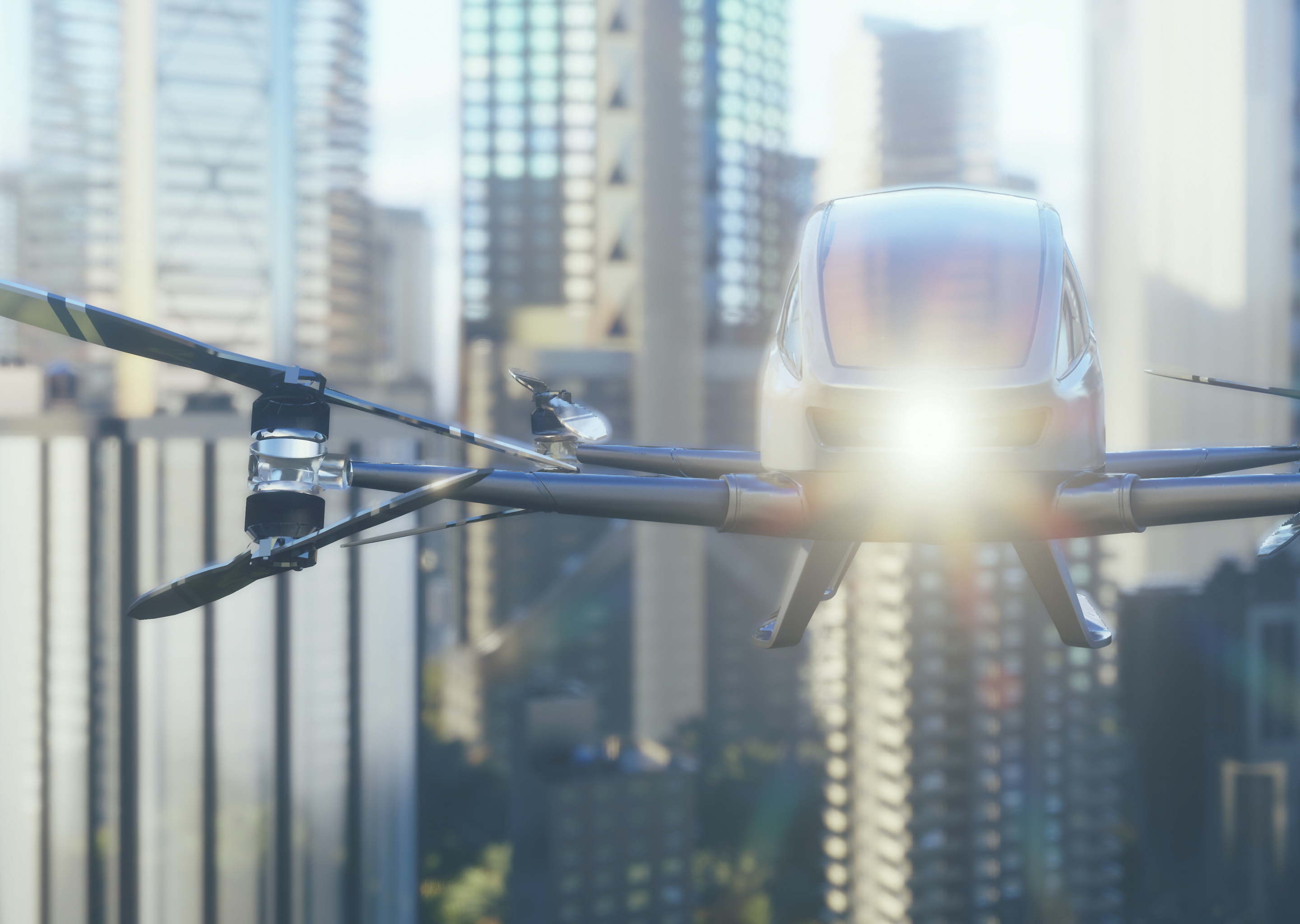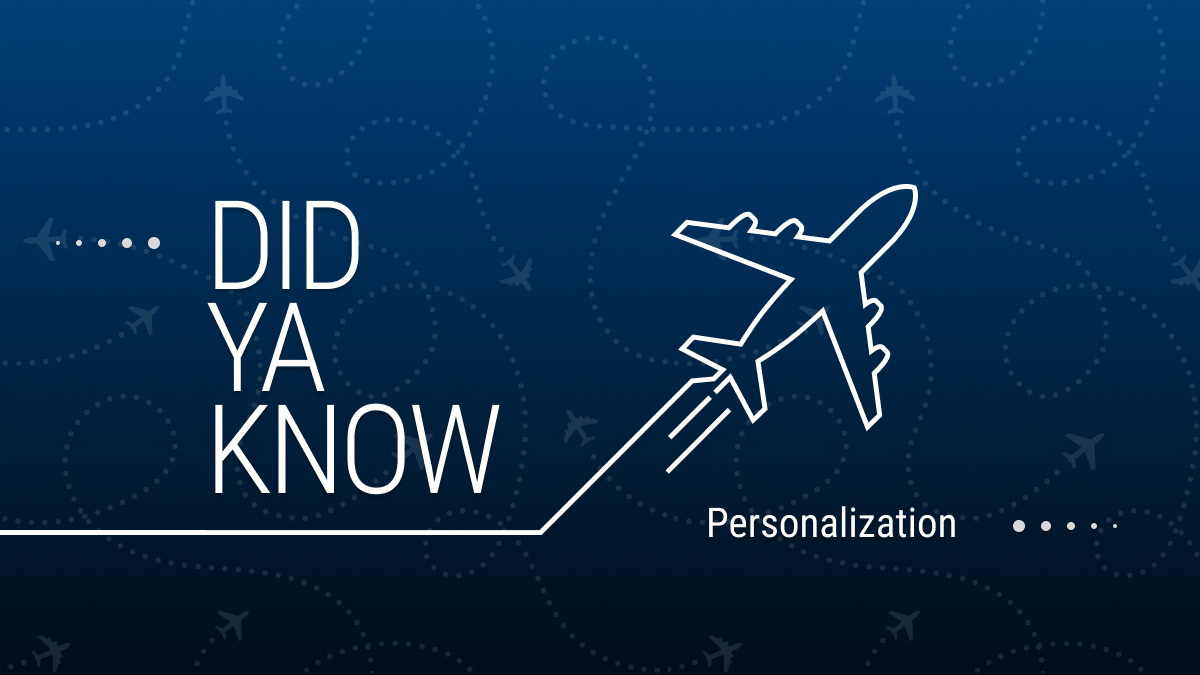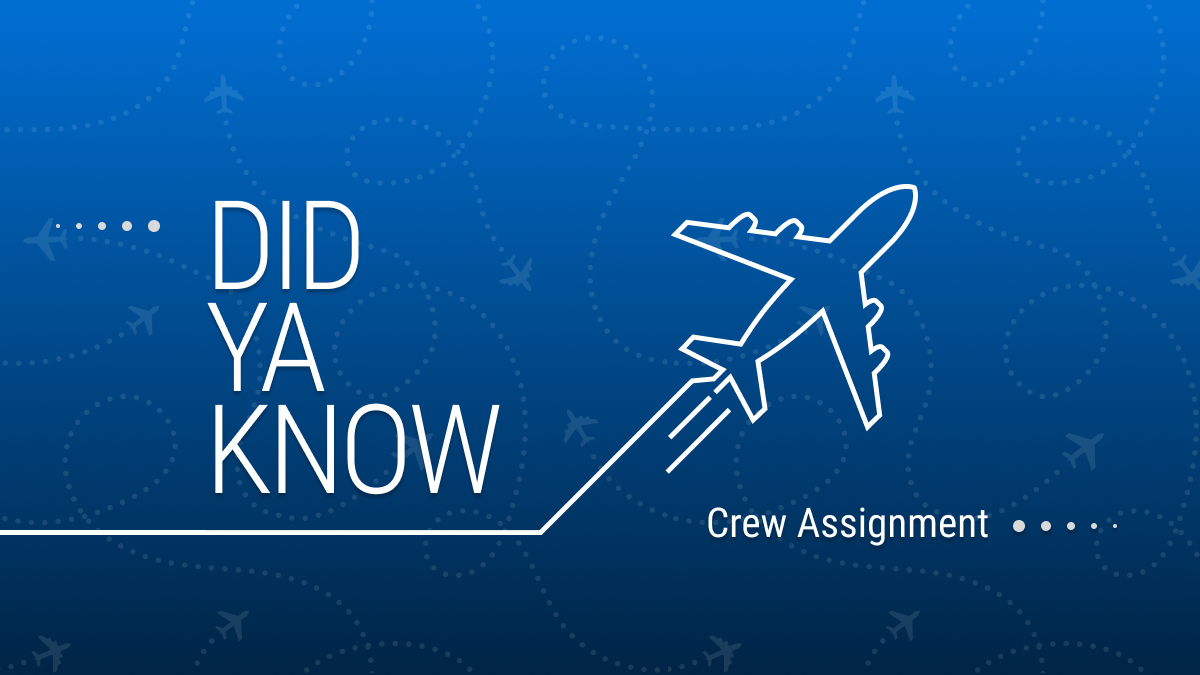Anticipating Disruption in the Charter Space
The commercial airline industry has seen disruptions since airline deregulation in 1978. Examples are launch of the frequent flyer programs, revenue management, the hub-and-spoke network that serves new markets on an unprecedented scale and the entry of low-cost carriers with a new business model.
What disruptive technologies can we expect to see in the charter space in the future? Viewing through a crystal ball is of strategic importance for charter operators so they can anticipate trends and adapt to a changing landscape.
We predict that disruptions in the charter space will fall into two categories:
- Advances in machine learning and artificial intelligence to personalize offers with continuous learning, and
- Charter flight operating economics with advances in technology.
Here are a few examples:
Dynamic Pricing
The science of determining a price quote for a charter flight based on charter operator requirements and customer preferences will become mainstream. Dynamic Pricing is not cost-plus pricing but depends on various factors such as competitive market conditions, aircraft utilization, expected markup, operating cost uncertainty, point of commencement, customer preferences, destination seasonality, and 1:1 customer affinity discount to reward loyal customers. Dynamic pricing is a key enabler for competitive advantage, and at Charter and Go we take pricing a charter flight very seriously to ensure satisfied charter operators and their customers.
Reinforcement Learning and Experimentation
Continuous learning with reinforcement learning based test-and-learn experimentation on charter websites to understand customer preferences, maximize customer interactions on the website, and to personalize the offer based on a range of variables to find the best option for a customer.
All Electric Airplanes
All electric airplanes for short distances (less than 500 nautical miles) will become reality. Charter Operators should consider investment in all electric airplanes since they have far lower operating costs and eco-friendly sustainable aviation without a CO2 footprint. In anticipation of all electric airplanes, Charter and Go plans to enhance our operating cost model for a charter flight and the dynamic pricing model to reflect the new product, its ambiance, and benefits. Alice by Eviation can carry nine passengers, at 220 knots with a range of 440 nautical miles.
Passenger Drones
The new generation pilotless drones are an alternative to helicopters. Chinese manufacturer Ehang has launched test trials of passenger drones in China and South Korea. These are two-seater passenger grade autonomous aerial vehicles. While certification in the U.S. may be several years away, we will add these aircraft types on to our platform when our customers acquire them. These new generation passenger drones are cost efficient and can create a new market (e.g., aerial sightseeing for leisure travelers) opportunity that does not exist today.
Celera 500L
Otto Aviation has made bold claims that their Celera 500L with the aerodynamic airframe is the most fuel-efficient, commercially viable aircraft in the world. Besides the significantly reduced operating costs and the lower fuel consumption than competing aircraft by an order of magnitude, the six-person aircraft boasts a range of 4,500 nautical miles with a cruising speed of over 460 miles per hour.
This next generation aircraft has gone through a series of test flights and is planned to be operational by 2025. It has the potential to be competitive with commercial air travel and change the economics of charter business travel by making it more affordable for a segment of the population that has never taken a charter flight.
Planning for the Future of the Charter Business
So, what should charter operators do? Keep an ear to the ground to quickly adapt to these disruptions. Charter operators must proactively embrace the new customer centric environment to retain profitable customers. Second, expected reductions in future charter flight operating costs with advances in technology will increase the market opportunity for charter flights by an order of magnitude since more customers will take charter flights at a price point that they can afford than ever before.

Ben Vinod – Co-Founder and Chief Operating Officer






